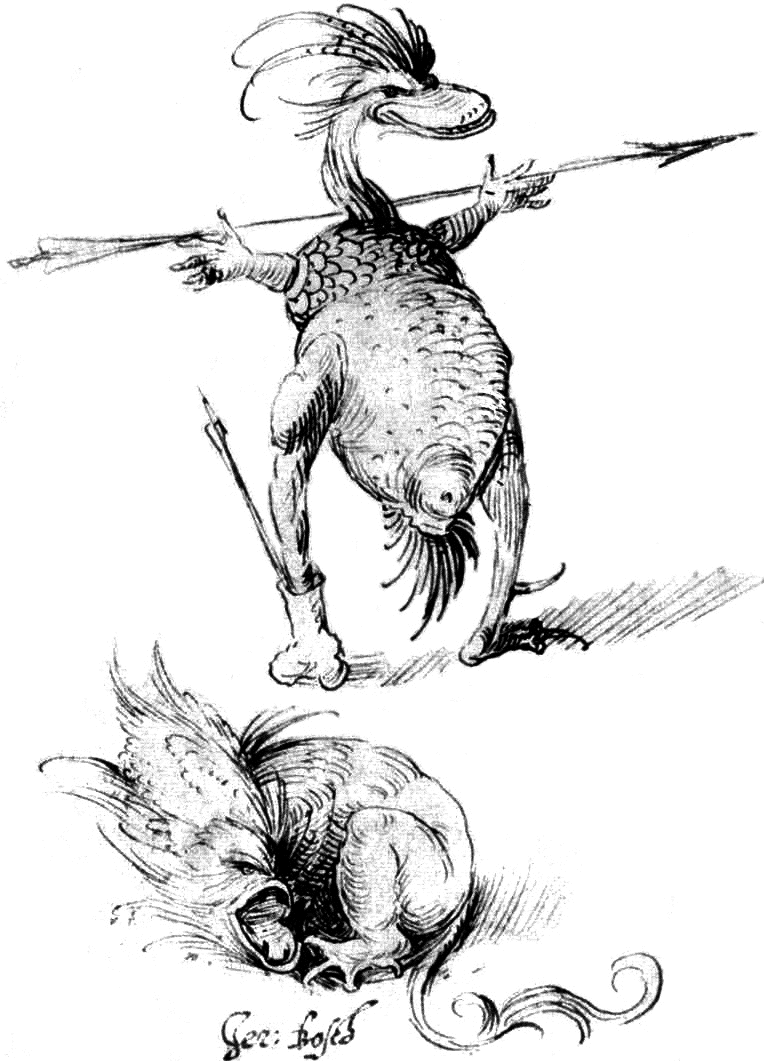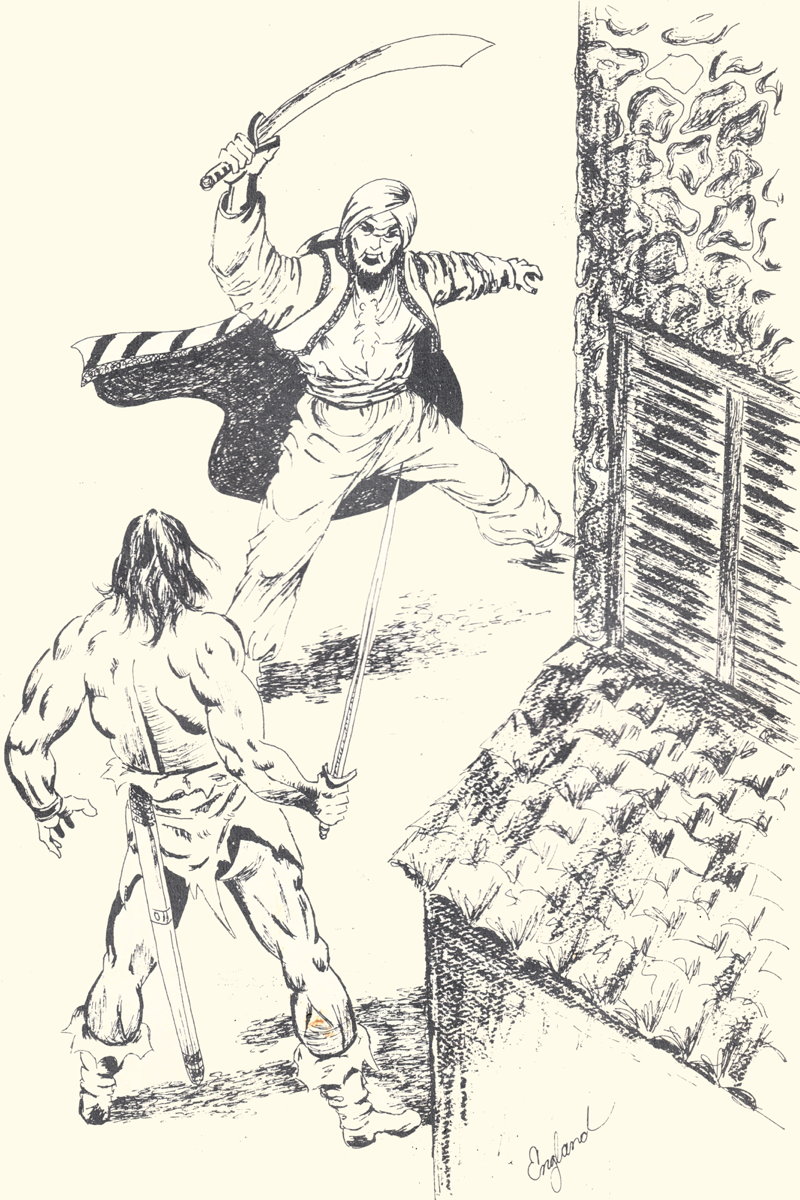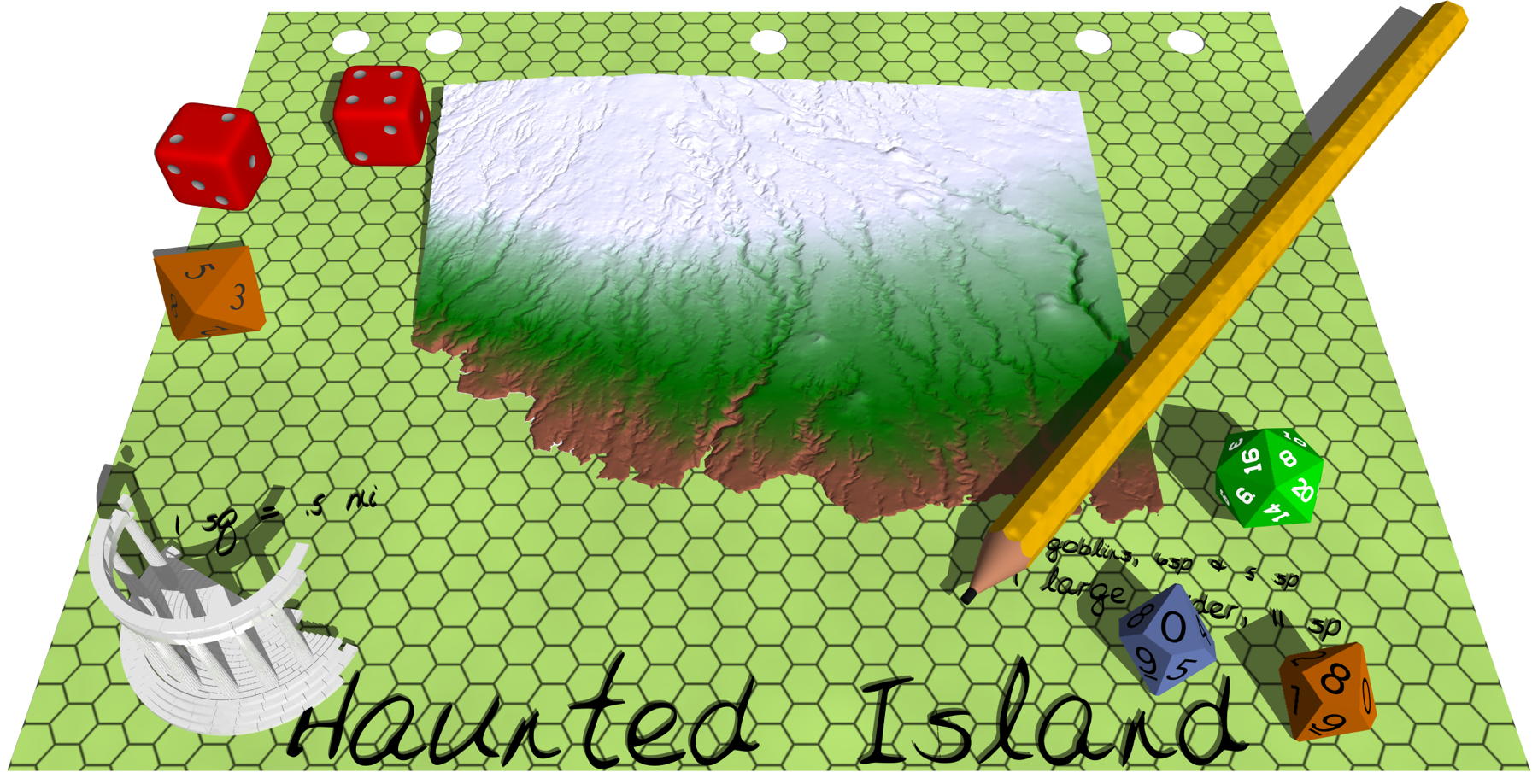Negative Space: random tables
- Constructing encounter tables using Nisus
- Here’s a Nisus Writer macro that makes it a little easier to create encounter tables.
- Easier random tables
- Rather than having to type --table and --count, why not just type the table name and an optional count number?
- I brake for wandering monsters
-
 How do you create a random encounter table? With love and baling wire.
How do you create a random encounter table? With love and baling wire.
- Island Book 1 and old-school tables
-
 Judges Guild Island Book 1 is a fascinating playground on which to place a sea-going adventure or campaign. It’s also a great example of the usefulness and wildness of old-school encounter tables.
Judges Guild Island Book 1 is a fascinating playground on which to place a sea-going adventure or campaign. It’s also a great example of the usefulness and wildness of old-school encounter tables.
- Multiple tables on the same command
- The way the “random” script currently stands, it does one table at a time. Often, however, you have more than one table you know you’re going to need. Why not use one command to rule them all?
- Percentage-based random tables
- Our current random item generator assumes that each item shows up as often as any other item. That’s very OD&D-ish. But AD&D uses percentage dice to weight toward some monsters and items more than others.
- Programming for Gamers: Choosing a random item
- If you can understand a roleplaying game’s rules, you can understand programming. Programming is a lot easier.
- Quick-and-dirty old-school island script
-
 Here’s a Python-based island generator using the tables from the Judges Guild Island Book 1.
Here’s a Python-based island generator using the tables from the Judges Guild Island Book 1.
- Random table rolls
- As often as not, when you roll on a random table you are rolling a random number of times. Now that we have a dice library, we can turn the roll count into a die roll.
- Wandering monster chart assistant
- Use the encounter chart assistant to create wandering monster charts using percentages rather than ranges. Copy your tables into this tool to make sure they add up, adjust them, then copy them back out to your word processor. Never worry about missing or overlapping ranges again!
 How do you create a random encounter table? With love and baling wire.
How do you create a random encounter table? With love and baling wire. Judges Guild Island Book 1 is a fascinating playground on which to place a sea-going adventure or campaign. It’s also a great example of the usefulness and wildness of old-school encounter tables.
Judges Guild Island Book 1 is a fascinating playground on which to place a sea-going adventure or campaign. It’s also a great example of the usefulness and wildness of old-school encounter tables. Here’s a Python-based island generator using the tables from the Judges Guild Island Book 1.
Here’s a Python-based island generator using the tables from the Judges Guild Island Book 1.